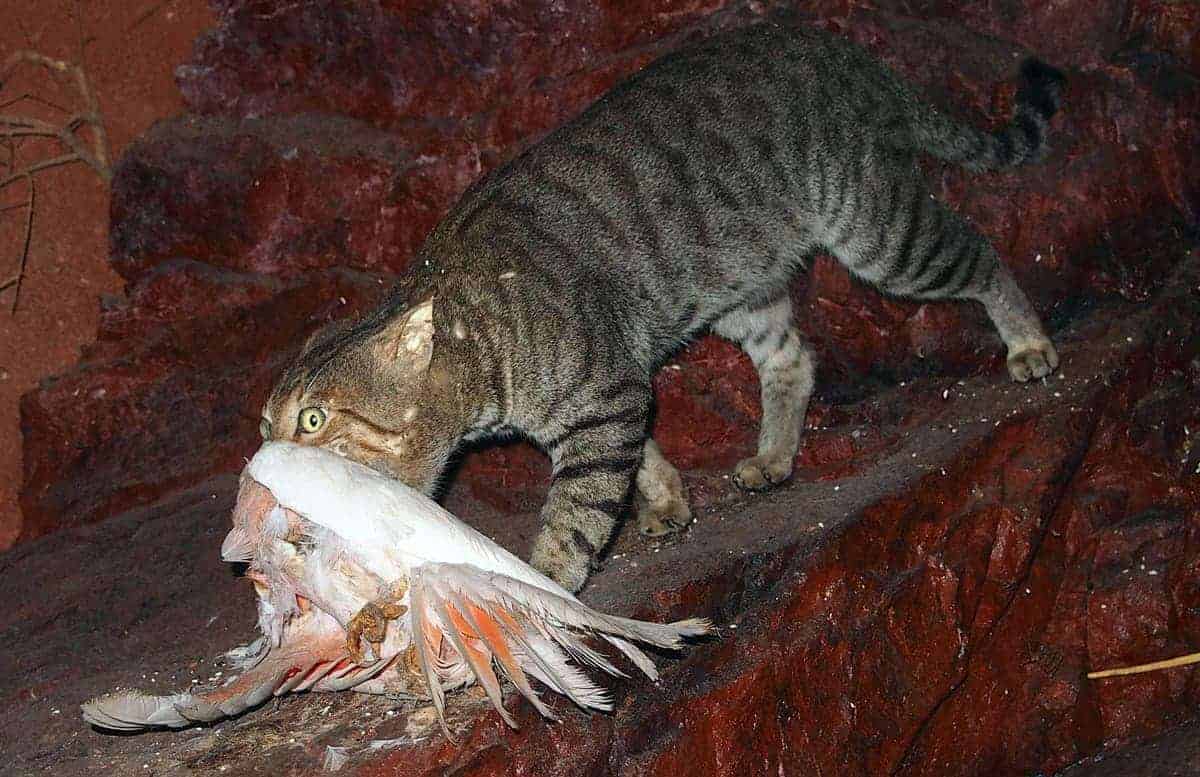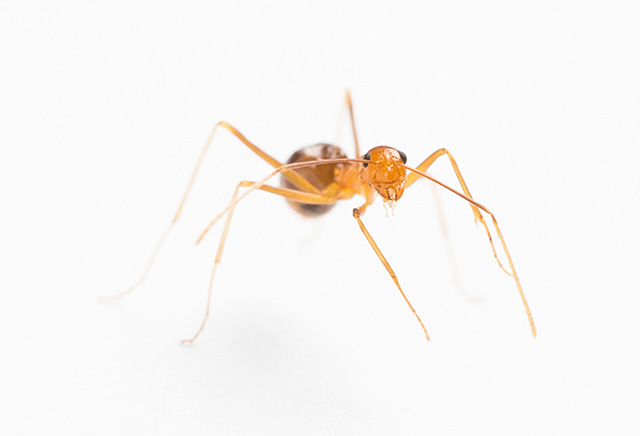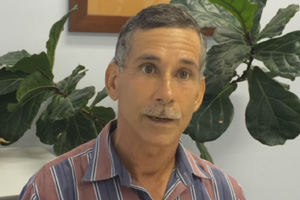The Invasive Species Council has welcomed the Queensland government’s renewed $6 million 2-year commitment to continue the fight against yellow crazy ants – but says the Albanese Government now needs to step up with matched funding if Australia is serious about preventing these destructive pests from spreading and wiping out native wildlife.
The call comes off the back of the latest detection of exotic ant species aboard a container ship at the Port of Townsville, underscoring the constant biosecurity risks arriving via sea trade.
‘We are very pleased that the Queensland government are following through on their election commitment to fund half of the next 2 years of the yellow crazy ant eradication program. We now need the Albanese Government to step up with the other half of the funding so that this vital program can continue uninterrupted,’ Invasive Species Council CEO Jack Gough said.
‘Both governments have been committed to stop yellow crazy ants spreading in the wet tropics, but we are concerned that a delay to the next stage of federal funding could impact the important progress that has been made in north Queensland.
‘Yellow crazy ants are among the world’s worst invasive species – they spray formic acid, blind and kill native animals, and can collapse entire ecosystems. The Queensland program is one of the largest eradication efforts ever attempted globally, and it deserves full national backing.
‘The latest detection at Townsville port is a timely warning that maritime trade remains a major biosecurity weak point. Australia needs stronger, better-resourced federal systems to stop exotic species at the border before they reach our shores.
‘Every dollar invested in prevention saves many more in eradication.
‘A long-term commitment of $3 million per year over 10 years from both the state and federal governments is essential to finish the job and ensure we can eradicate yellow crazy ants once and for all.
‘If yellow crazy ants are allowed to spread, the damage will far outweigh the cost of eradication.’
The Invasive Species Council is calling for both the federal and state governments to:
- Commit from 2026 to $3 million each per year over 10 years for ongoing funding for the Cairns Yellow Crazy Ant Eradication Project (total project funding of $60 million).
- Commit $925,000 over five years to the ongoing Whitsundays Regional Council Yellow Crazy Ant Eradication Project.
- Provide $2 million grant funding over four years for local government invasive ant responses like those in Brisbane City and Whitsundays Regional Councils.
Background:
- YCA (Anoplolepis gracilipes) has been listed by the International Union for the Conservation of Nature as one of the world’s worst invasive species. It was identified in the national tramp ant threat abatement plan as one of six species of national priority. YCA are listed as restricted under category 3 of the Queensland Biosecurity Act 2014 and therefore must not be given away, sold, or released into the environment without a permit. Under the act’s ‘general biosecurity obligation’, everyone must take all reasonable and practical steps to minimise the risk from this ant.
- Yellow crazy ants are known to harm lizards, frogs, small mammals and turtle hatchlings. They are a highly invasive ant whose dense supercolonies dominate landscapes ecologically, displacing other insects and preying on small vertebrates as well.
- They are a highly aggressive species, and have made their way into Australia through our ports. After first arriving on Christmas island sometime before 1934, yellow crazy ants have since been recorded in Queensland, the Northern Territory and NSW. They now threaten areas like Queensland’s Wet Tropics World Heritage Area, the oldest continuously surviving tropical rainforests on the planet.
- Yellow crazy ants do not bite. Instead, they spray formic acid to blind and kill their prey. And although they’re tiny, they can swarm in great numbers, killing much larger animals like lizards, frogs, small mammals, turtle hatchlings and bird chicks and reshaping entire ecosystems.
- Overseas, in places like the Johnston Atoll National Wildlife Refuge in the middle of the Pacific Ocean, yellow crazy ants have killed and deformed large numbers of chicks in seabird colonies by constantly spraying them with acid.
- In 2022, funding commitments we won at the federal election were delivered in the national budget, this included $25m for Queensland’s yellow crazy ant eradication programs.
- Biosecurity Queensland continues to engage in surveillance and monitoring of YCA though it no longer considers full eradication possible in Queensland (Department of Agriculture and Fisheries, 2018). However, an ongoing localised eradication is underway in Cairns that has demonstrated considerable progress. A 2018 cost-benefit analysis of the Cairns eradication program found that the annual socioeconomic impact to the region of yellow crazy ants would exceed $700 million over the next seven years.
- YCA eradications can be successful if locally focussed and prioritised to areas where a risk profile exists for industry, people or environment. This can be an effective way to limit their damage locally and preventing YCA from spreading to other parts of Queensland.
Photo: Dinakarr.








